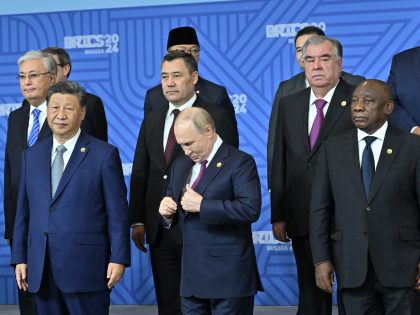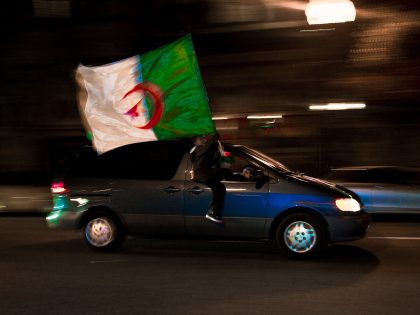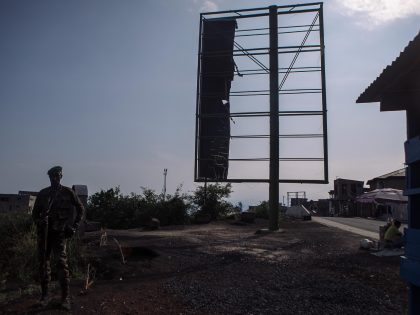The Dinka Brigade

From a series by photographer Pete Miller (remember him?) of Dinka cattle raiders in Southern Sudan on TIME magazine’s Lightbox blog. As Glenna Gordan comments on her blog, Scarlett Lion:
In addition to be technically superb photographs, what I really like about these images is the individuality and identity that each of the subjects has. And by viewing a series of portraits, I get a sense of a textured community of discrete individuals, rather than a sort of pre-historic and stereotypical horde of angry men with guns and cows. It’s difficult to make the same sort of sweeping statements all too common in media coverage when you as a viewer are offered the chance straight into the eyes of a young woman or check out a dude’s awesome aqua and pink shirt. These images aren’t of a “tribe,” but of specific people with specific personalities who make specific choices.





















